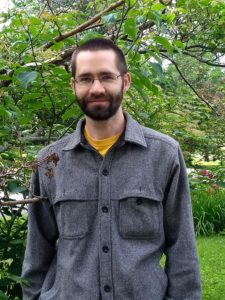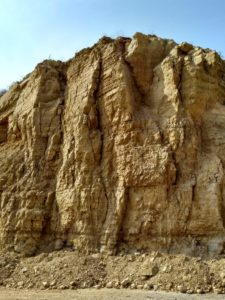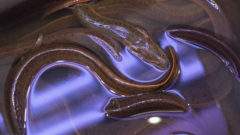Special Weather Statement issued October 22 at 4:27PM CDT by NWS
Current Watches, Warnings and Advisories for Brown (WIC009) Wisconsin Issued by the National Weather Service
https://alerts.weather.gov/cap/wwacapget.php?x=WI125F6AC0CA5C.SpecialWeatherStatement.125F6AC0F298WI.GRBSPSGRB.f955109b33009b7006c024bd71ee73cb


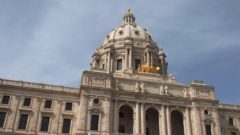
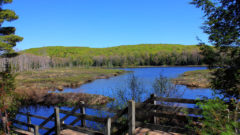

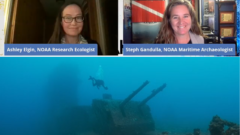
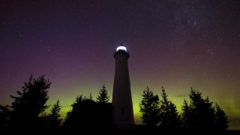
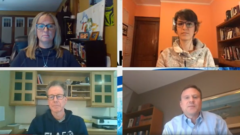
 Approximately $96 million was invested between FY2010-2016 in agricultural incentives and other activities intended to influence on-farm decision-making and improve water quality in four priority watersheds
Approximately $96 million was invested between FY2010-2016 in agricultural incentives and other activities intended to influence on-farm decision-making and improve water quality in four priority watersheds 